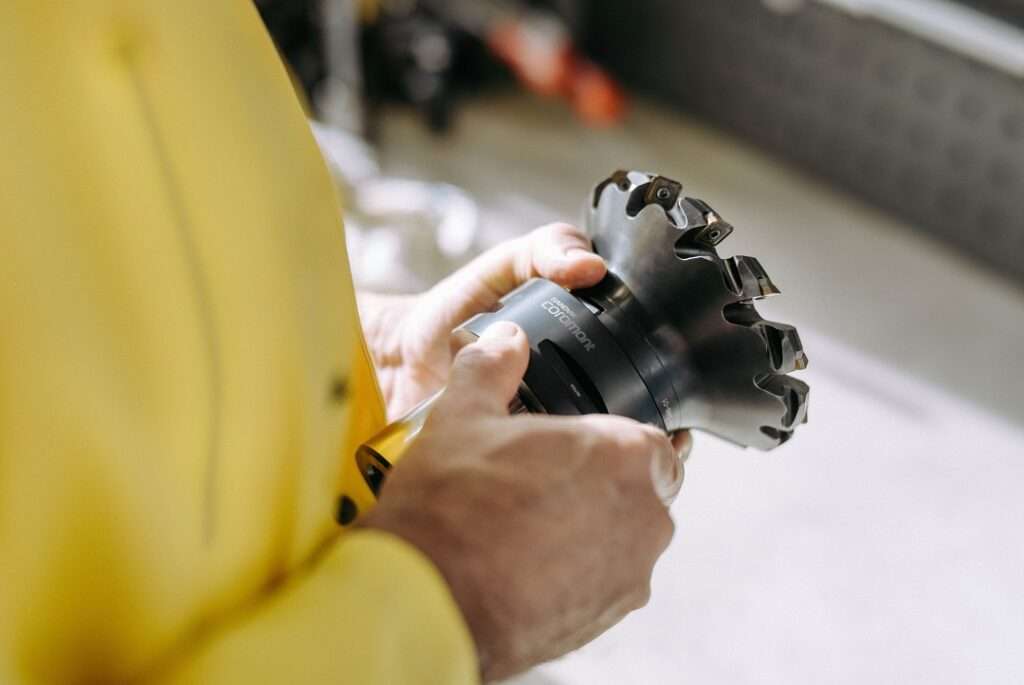India finds itself at a decisive moment in the push for clean energy and greener transport, and hydrogen is quickly being talked about as a technology that could reshape the nation’s automotive scene. With concerns over pollution, rising fuel imports, and the urgent need to reduce transport emissions, hydrogen is stepping into a position that could determine how cars and trucks are powered in the coming decades.
Green hydrogen produced from renewable power sources offers an emissions-free alternative to oil and diesel. In a fuel-cell vehicle, it releases only water, making it one of the cleanest forms of energy on the planet. According to NITI Aayog, India’s hydrogen demand is expected to reach 20 million tonnes per annum by 2030, growing nearly fourfold by 2050. To meet its climate commitments and achieve net-zero by 2070, the country is expected to rely heavily on hydrogen in sectors where large batteries encounter physical and logistical challenges.
Use of Green Hydrogen in Hard-to-Abate Sectors
Green hydrogen will have immense environmental benefits in hard-to-abate sectors such as heavy-duty vehicles (trucks, buses & trains), aviation and shipping. In India, medium- and heavy-duty trucking account for only 2% of vehicles on the road but contribute 40% of the total road transportation emissions — more than any other vehicle segment — due to factors such as higher fuel consumption. The global shipping industry contributes 3% to global greenhouse gas emissions, and the global aviation industry contributes roughly 2.5% of the global energy CO2 emissions.
Together, trucks, buses, shipping, aviation, and trains account for 12–14% of total global CO₂ emissions, making them key targets for the adoption of green hydrogen to achieve net-zero goals.A study by McKinsey & Company indicates that hydrogen-powered trucks could become cost-competitive with diesel trucks by 2030, particularly when hydrogen prices drop below $4/kg, a threshold that India’s renewable advantage may help achieve sooner.
Cost is becoming a key barrier in adoption of Green Hydrogen
Green hydrogen, while a promising clean energy carrier, remains significantly more expensive than conventional fuels, making cost a major barrier to its widespread adoption. Its production through electrolysis requires large amounts of renewable electricity, which is still costly in many regions. The electrolyser technology itself is expensive and lacks economies of scale, keeping green hydrogen prices in the range of $4–6/kg, more than double that of grey hydrogen. Additionally, the infrastructure needed to store, transport, and distribute hydrogen—such as high-pressure tanks, pipelines, and fuelling stations—is underdeveloped and capital-intensive.
The end-use technology, like hydrogen-powered trucks, buses, ships, and aircraft, also comes at a premium due to specialised fuel cells or retrofitting requirements. With limited existing infrastructure and supply chains, every hydrogen project faces high upfront investment and logistical hurdles. Uncertainty in policy, lack of stable carbon pricing, and long payback periods further discourage private investment. Together, these factors create a cost disadvantage for green hydrogen, which slows its adoption in hard-to-abate sectors such as heavy-duty transport, shipping, and aviation.
Government making policy changes to boost Green Hydrogen production
The Indian government is taking major strides to boost green hydrogen production through the National Green Hydrogen Mission, launched in 2023 with an outlay of ₹17,490 crore. Under this, the SIGHT (Strategic Interventions for Green Hydrogen Transition) scheme provides financial incentives for both green hydrogen production and electrolyser manufacturing. Producers are eligible for subsidies starting at ₹50/kg, tapering to ₹30/kg over three years, while domestic manufacturers can receive up to ₹4,440/kW for electrolyzer capacity. The government is also easing cost pressures by waiving interstate transmission charges, reducing distribution fees, and capping GST at 5% for green hydrogen.
To further build momentum, India is encouraging public-private partnerships, establishing green hydrogen hubs in states such as Rajasthan, Odisha, and Kerala, and piloting hydrogen-powered mobility and shipping projects. The government has earmarked ₹455 crore for fuel cell mobility, ₹496 crore for shipping pilots, and ₹400 crore for infrastructure development. In a landmark step, India recently launched its first hydrogen buses in Ladakh, showcasing its commitment to sustainable transport. Together, these initiatives aim to build a robust green hydrogen ecosystem—spanning production, infrastructure, demand creation, and export readiness—positioning India as a global leader in clean energy.
Green Hydrogen: Way Forward
Green hydrogen is poised to disrupt the automotive industry by enabling clean, high-performance alternatives to diesel and petrol, especially in heavy-duty, long-range, and commercial applications where batteries face limitations. With its ability to deliver fast refuelling, longer driving ranges, and zero tailpipe emissions, green hydrogen offers a game-changing solution for trucks, buses, and even future hydrogen-powered cars. As technology advances and costs decline, hydrogen will not only complement battery-electric vehicles but also reshape global supply chains, accelerate decarbonization, and redefine how we fuel mobility, marking a pivotal shift toward a cleaner, more resilient transport future.
If all goes well, the next twenty years could see hydrogen evolve from a promising alternative into a foundational pillar of India’s clean transport plan. Its role is not limited to replacing fossil fuels; it has the potential to redesign how power is produced, distributed and consumed fundamentally. With intelligent investment, policy certainty and technology leadership, hydrogen can pave the way for a cleaner, self-reliant and future-ready automotive industry in India.
Disclaimer: This article is a guest contribution. The views, opinions, and information expressed in this piece are solely those of the author. Machine Maker does not verify the authenticity of the content and bears no responsibility for its accuracy or completeness. All claims, statements, and perspectives are attributable to the author alone.








